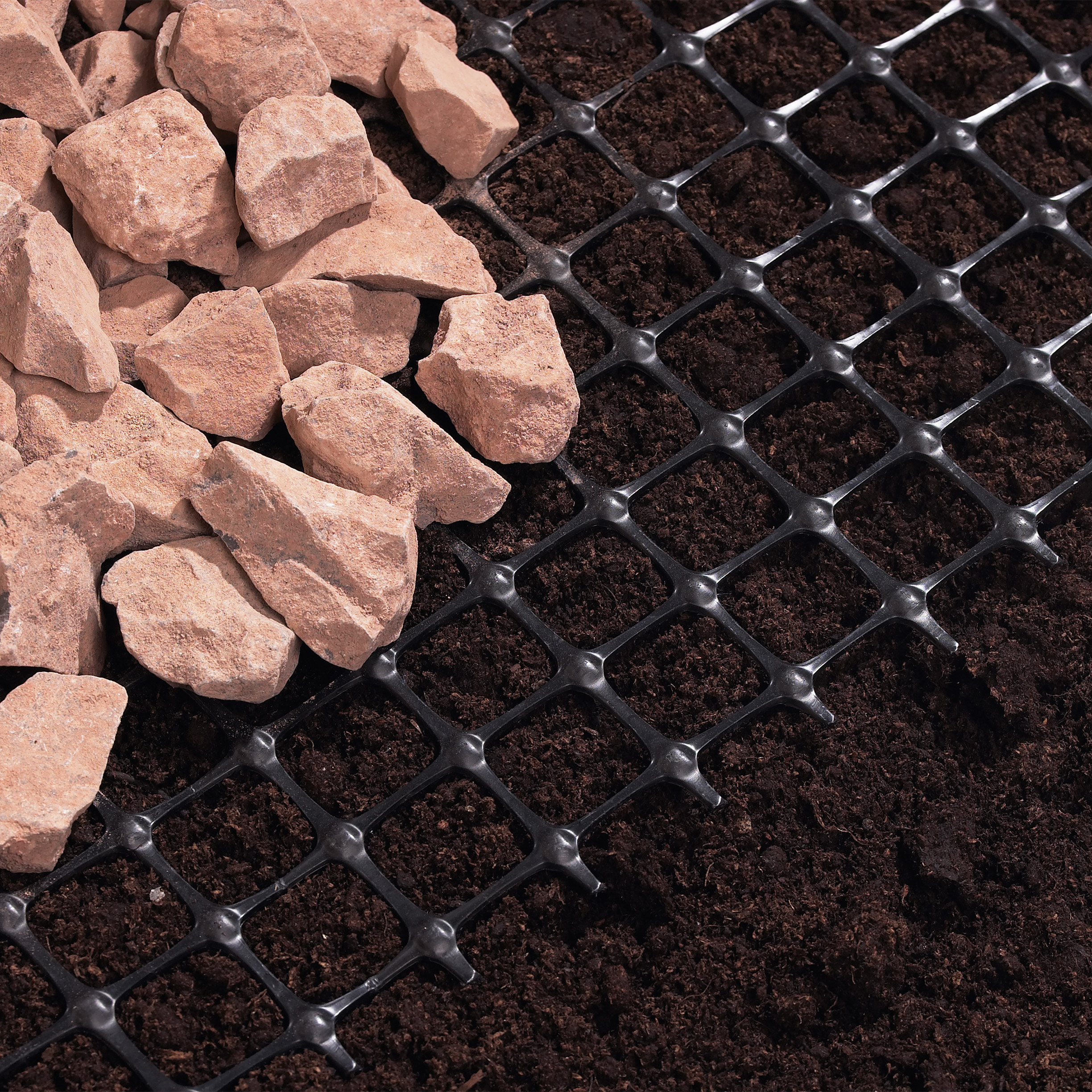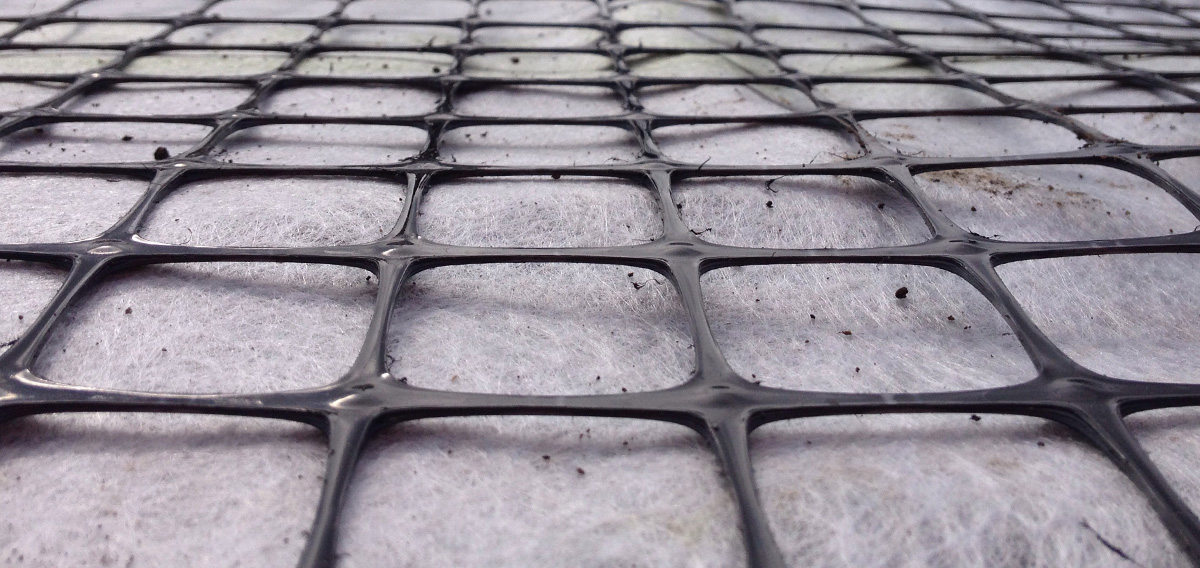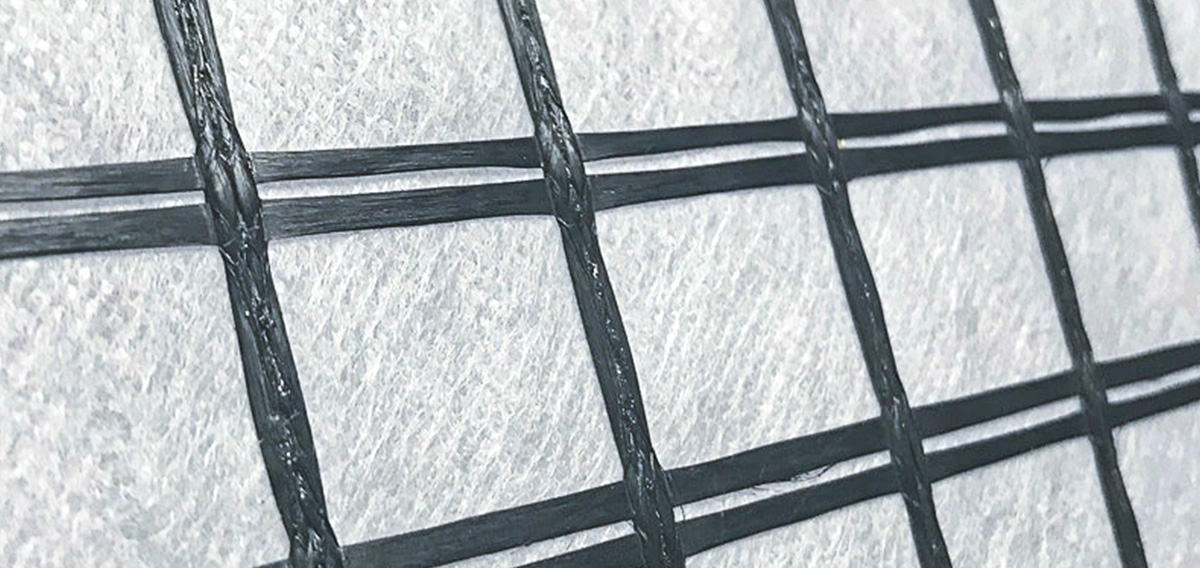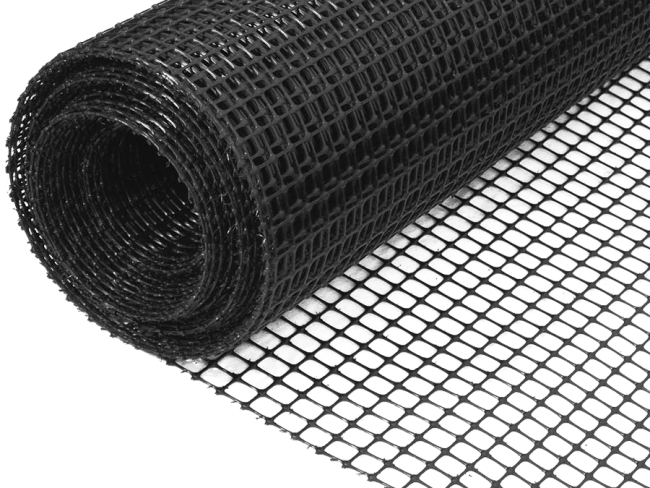
Blog
Understanding Geogrid Manufacture: Punched and Drawn vs. Thermally Bonded
30 August 2024
However, not all geogrids are created equal, and their manufacturing processes significantly impact their performance and application. Two primary methods stand out in geogrid manufacture: thermally bonded and punched and drawn. This blog delves into the different methods of manufacture, and highlights the benefits of punched and drawn geogrids, as exemplified by products like Geoworks geogrids, E'GRID, and SX Grid. Top blogsPUNCHED AND DRAWN GEOGRIDSPunched and Drawn GeogridsThe punched and drawn method is a meticulous process that begins with punching a sheet of polymer, usually polypropylene or polyester, to create a specific regular pattern. Following this, the sheet is stretched in one or more directions, depending on the design requirements, creating apertures. This method is not just about forming the geogrid but also enhancing its strength and structural integrity. Geoworks geogrids, E'GRID, and SX Grid are prime examples of products manufactured through this process, setting a benchmark in the industry for their robustness and effectiveness. 
Benefits of Punched and Drawn Manufacture1. Superior Strength: The primary advantage of the punched and drawn method is the exceptional tensile strength it imparts to the geogrid. This strength is crucial for applications requiring significant soil reinforcement, such as for roads, slopes, and embankments. The process of stretching the polymer enhances the load-bearing capacity of the formation, making it more resilient to the pressures exerted by the fill material and traffic loading. 2. Enhanced Durability: Geogrids produced through this method exhibit superior durability. The physical alteration of the polymer's structure during the stretching process increases its resistance to environmental factors, such as UV radiation and chemical exposure. This makes punched and drawn geogrids particularly suitable for long-term infrastructure projects. 3. Improved Soil Interaction: The unique patterns created through the punching process, coupled with the subsequent drawing, enhance the geogrid's interaction with soil. This interaction is crucial for reinforcement purposes, as it ensures a more effective load distribution across the soil structure, reducing the risk of soil displacement and erosion. 4. Versatility: Punched and drawn geogrids are versatile in their application. Their strength and durability make them suitable for a wide range of projects, from highway construction to coastal defence works. Additionally, the process allows for the creation of geogrids with varied aperture sizes and shapes, catering to specific engineering requirements. Thermally Bonded GeogridsThermally bonded geogrids are assembled by creating lattice of fibres through heat and adhesives. This process involves laying out synthetic fibres, such as polyester or polypropylene, in a grid pattern and then using heat to bond these fibres at their intersections. The adhesive, applied during the heating process, solidifies as it cools, creating a stable, interconnected structure. The result is a geogrid that is markedly different from those produced by the punched and drawn method. 
Key Characteristics and Applications1. Flexibility: Thermally bonded geogrids offer increased flexibility. These geogrids can conform more easily to uneven terrain, making them suitable for projects where adaptability to the landscape is crucial. 2. Lightweight and Ease of Installation: Thermally bonded geogrids tend to be lighter in weight compared to their punched and drawn counterparts. This lightness, combined with their flexibility, can makes them slightly easier to handle and install. However, strength at the junctions, where the bonding takes place may be a concern, as this bond maybe easily broken during site installation. 3. Application-Specific Performance: While thermally bonded geogrids might not offer the same level of strength as punched and drawn geogrids, they are by no means lacking in utility. Their performance is optimised for specific applications where high tensile strength is not the primary requirement. For example, they are well-suited for use in non-structural applications, such as landscape reinforcement, where their elasticity can be of greater advantage than sheer strength. 4. Environmental Considerations: The process of thermally bonding fibres can also be tailored to incorporate environmentally friendly practices. They can be manufactured from eco-friendly materials and adhesives. However, with greater material processing and the requirements for materials, their overall carbon impact can be greater during manufacture. ConclusionWhen it comes to selecting geogrids for civil engineering projects, understanding the manufacturing process is key to determining their suitability for specific applications. The punched and drawn method, utilised by Geoworks geogrids, E'GRID, and SX Grid, offers unparalleled strength, durability, and soil interaction. These attributes make punched and drawn geogrids the preferred choice for projects demanding the highest standards of ground stabilisation and soil reinforcement. In contrast, while thermally bonded geogrids serve their purpose in certain scenarios, they fall short of the superior performance characteristics of their punched and drawn counterparts. 
E'Grid BiaxialE'GRID is our premium range of biaxial geogrids. Designed to reliably solve pavement problems by providing reinforcement to granular sub-bases. E'GRID provides reliable long-lasting performance with significant carbon and cost savings. 
SX Grid BiaxialSX Grid is a biaxial geogrid that provides a cost-effective solution to solve pavement problems by providing reinforcement to granular sub-bases including compounds, haul road and piling platforms in areas of weak or variable soils. 
SX CompositeAchieve time savings when acquiring materials and overall quicker installations, thanks to SX Composite, a geogrid that performs as both a geogrid and a geotextile solution in one easy to install solution. |


